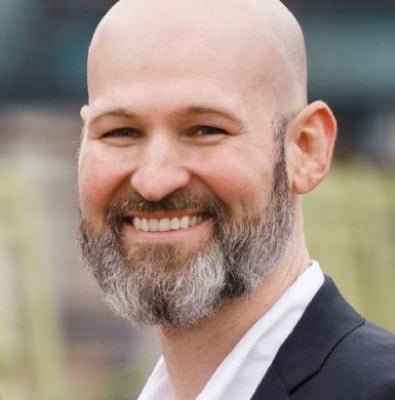
824 Red Barn Lane, Huntingdon Valley, PA 19006
Mon – Fri: 8am – 7pm | Sat: 10am – 3pm
824 Red Barn Lane, Huntingdon Valley, PA 19006
Mon – Fri: 8am – 7pm | Sat: 10am – 3pm
Hiring a professional and experienced building inspector to conduct a property inspection is the best way to ensure that you are making an informed decision.
Inspection Professionals is your licensed inspection company serving Southeastern Pennsylvania, South Jersey, and Delaware. We use a clear and concise reporting process. The result of the inspection is not ambiguous. Therefore, the findings of our inspection reports stand on their own merit. Soon after the completion of the inspection, Inspection Professionals will provide you with an inspection report.
Get In Touch Today!
At Inspection Professionals, we conduct inspections on both residential and commercial property. Some of the areas that we examine include the structure, plumbing system, heating and cooling system, electrical system, interior, exterior, and roof system.
Backed by Experience
You can count on Inspection Professionals for the following reasons:
Our inspectors are trustworthy professionals who perform quality work.
Our inspectors are state licensed and certified.
We’ve completed over 10,000 inspections.
We have more than 30 years of experience in the inspection industry.
We meet and often exceed state and national industry standards.

Our highly trained inspectors are state licensed trustworthy professionals who perform quality work. As members of the American Society of Home Inspectors (ASHI), we meet and often exceed state and national industry standards.


Looking for a Quality Inspection Company?
Whether you are building, purchasing, or selling a home, one of the wisest investments you can make is having a home inspection. A thorough property inspection conducted by Inspection Professionals will help determine if the property you are considering is well built and in the best possible condition.
Client Testimonials
We aim to provide our clients with the most professional inspection service in the industry. Click here to see what our clients are saying.
Latest News
Discover all of the latest news for how to protect your home from the potential damage of mother nature and what to know before you buy.

Should you ever consider waiving contingencies to close on a home? Don’t let the whirlwind market in Chester County, Philadelphia, Delaware County, Montgomery County, and

Six Questions You Should Ask a Home Inspector That Is More Important ThanPrice Most of us need to be budget-conscious when purchasing any goods or

At Inspection Professionals, we like to arm the general public with information that can be helpful to them in keeping a healthy and happy home.
824 Red Barn Lane, Huntingdon Valley, PA 19006 | (215) 947-1000 |
[email protected] | Mon – Fri: 8am – 7pm | Sat: 10am – 3pm